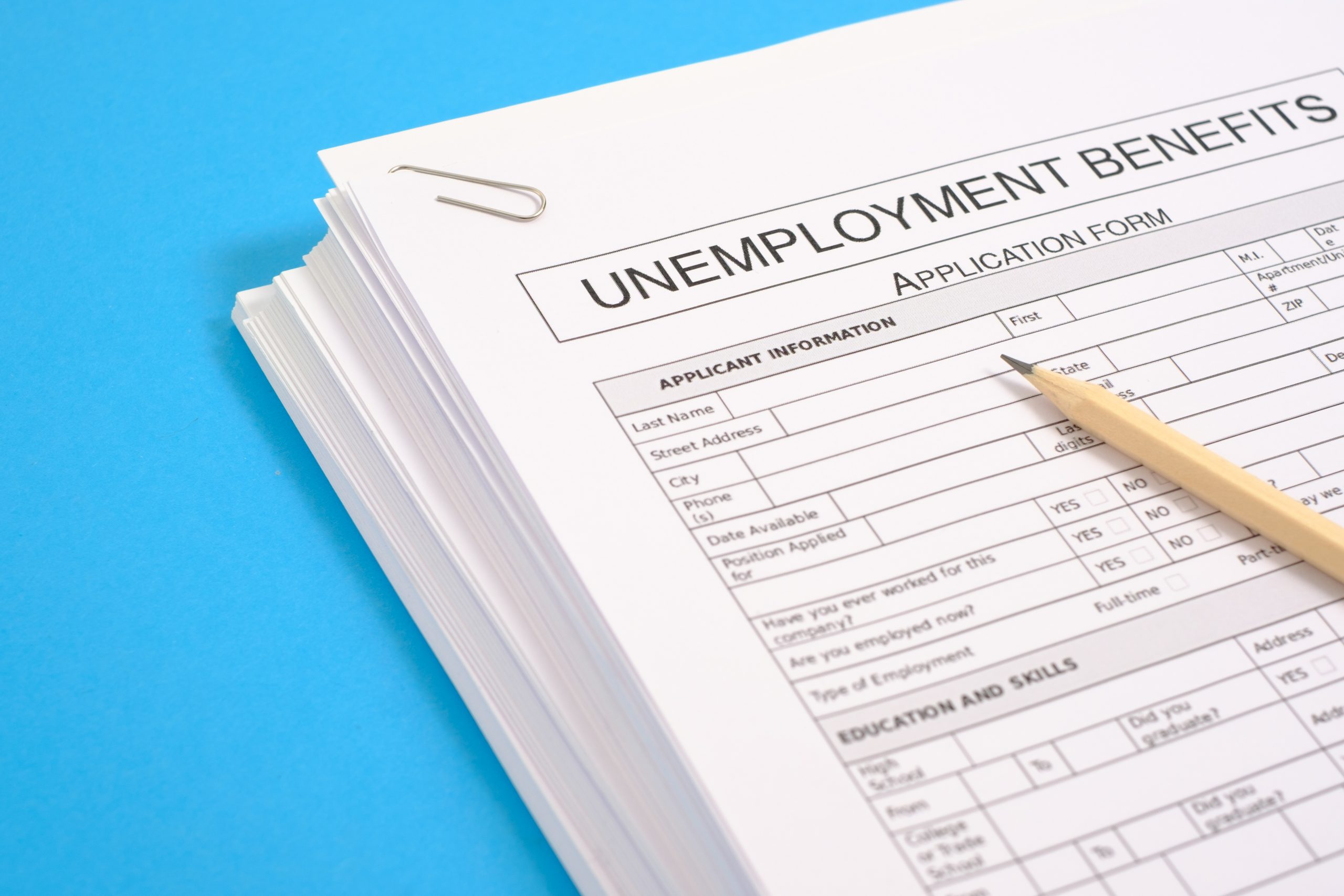
If I live in one state and work in another where do I file unemployment?
Can you file unemployment in two states?
Usually, filing for unemployment isn’t very complicated. You lose your job, you file for unemployment, you start receiving benefits. Simple.
But what if it’s not so simple?
Unemployment insurance is a federal benefit distributed and controlled by the states. Consequently, each state has slightly different rules about aspects such as getting and maintaining eligibility, the benefit amount, and the benefit duration. Typically, though, all states calculate unemployment benefits based on earnings in the previous 18 months.
In this day and age, with new workforce paradigms such as remote work, gig work, and increased worker mobility, it’s not unusual for a person to work in more than one state, or to work in one state and live in another, during that 18-month period.
So, in those special cases, how do you file for unemployment?
File where you work

File where you work, not where you live.
Generally, the rule of thumb is still very simple: File where you work, not where you live.
That’s because unemployment insurance is contributed to by your employer. So it’s your employer’s location, not yours, that determines where you file. As the New York state Department of Labor website notes, “If you currently live in another state, but all of your work in the past 18 months was in New York State, you must file your claim with New York State.”
Here’s an example. What if you’re living in a different state from the one where you worked? Especially if you live near the border of two states, this sort of situation is very common. So it’s no problem. (Pennsylvania, for example, calls it a “commuter claim” when you live in a neighboring state and work in Pennsylvania.) Remember, you file in the state where you worked, not the state where you live. Just file in the state where you worked and provide your home address.
What if you were telecommuting to a company located in a different state? This became much more common during the COVID-19 pandemic, for example. In that case, generally you’re going to be filing for unemployment in the state where you lived, according to FindLaw, because where you live is where the work was being performed. “Most of the time, employers are paying into the unemployment insurance programs of the both the state where they are located and where their employers are working, if they are different.”
Working in more than one state
Things get slightly more complicated if you’ve worked in more than one state, but it’s still not that bad.
States typically calculate the size of your unemployment insurance benefit based on the amount you earned during a given period. What if you worked in several states during that period, such as working part of the week in a company office in one state and the other part in a company office in a different state? You don’t have to file separately from each state. You can pick any of the states in which you worked – or, in this case, even in the state where you live — and ask that state to combine the benefits from all of your states into a single package.
In most states — Mississippi, for example — that’s called a “combined wage claim.” “If you worked in more than one state you may be eligible for a Combined Wage Claim. The base period wages from all states in which you worked are combined and you may be able to establish a combined wage claim under the law of a single state to qualify for benefits.”
Alternatively, you may be able to apply in just one of the states, receive those unemployment benefits, and when they’re exhausted, apply for unemployment benefits in one of the other states in which you worked. But make sure you’re eligible in the second state before trying this.
And by all means, if you’re eligible to receive unemployment benefits from more than one state, compare the eligibility requirements, benefit amount, and period you can receive benefits from the different states – like this chart from the state of Texas — and pick the one that’s best for your situation. If you’re choosing between receiving benefits from Florida or Georgia, for example, Georgia pays a maximum benefit of $365 per week, while Florida pays $275 a week. That’s a pretty easy choice. Also make sure you know what the requirements are for maintaining your eligibility, such as applying for or accepting work.
That said, when the states involved check your application, they may require you to apply in one of the other states. For example, if you worked more in one state than another, the state where you worked less may require that you apply in the state where you worked more hours.
Finally, if you’re receiving benefits from either a state other than the one you live in, or one of multiple states, be sure to pay attention to the tax laws in that state. Some states tax unemployment benefits, and you may find that you’re required to pay taxes on your benefits even if the state you live in doesn’t impose them. (You may also need to file an income tax return in the second state to get your taxes refunded from that state.) When in doubt, always check with the state unemployment offices.
What you can’t do
- You can’t collect unemployment in one state while you’re working in another. That’s fraud, and they will catch you.
- You can’t collect unemployment from two states at the same time. That’s also fraud. (If you did it by accident, contact the state unemployment offices and tell them the truth.)
- You can’t combine benefits from multiple states if you worked enough hours in your paying state to qualify for the maximum unemployment benefit.
If you found this article helpful, you may find the below links useful as well!
How to Get a Refund for Taxes on Unemployment Benefits
How to Transfer Unemployment to Another State
How to Settle an Unemployment Overpayment





